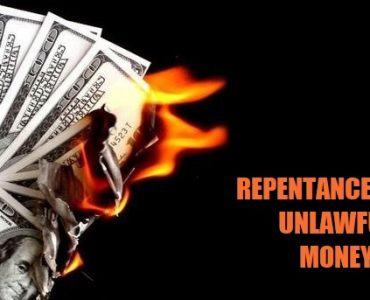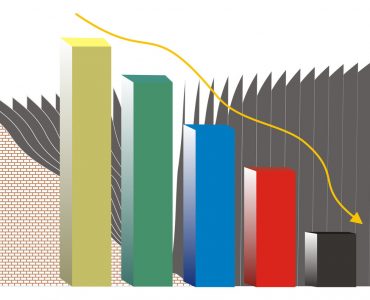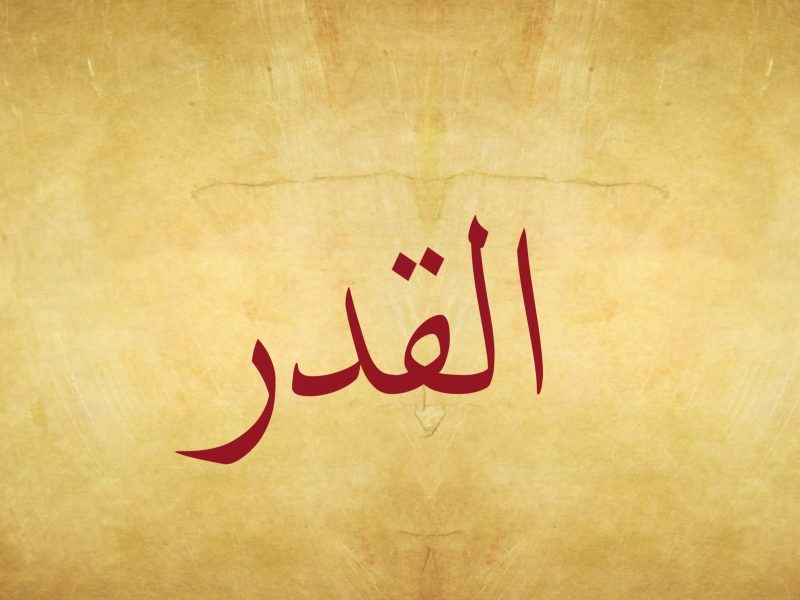Nobody can produce everything to meet all his needs. We do meet the vast majority of our needs such as nutrition, housing, and so on with the goods and services produced by others. The most common way of obtaining them is by paying them. Otherwise nobody would produce, what would lead to famine and misery. The Glorified Allah commands:
“O believers, do not devour your property among yourselves in batil/false ways, but by its trading with your mutual consent. Do not murder yourselves/ your people. Allah is Merciful to you.” (The Women/ an-Nisa 4 / 29)
The Messenger of Allah has claimed: “If there is no voluntary will, nobody’s property is lawful to anyone.”[1]
According to the Hanafi and Mâliki sects, “trade is the exchanging of goods with one another.”[2] Loan is the same, because who borrows 10 units consumes it and pays off his debt with other 10 units. As a consequence, this explanation has led to the confusing of trade and loan with each other. As usury is the income obtained by the debt, trading has also been confused with interest bearing procedures. As it will be seen below, this confusion is inevitable because these sects consider the interest-bearing procedures (الربا) part of sales (بيع).
According to the Shafi sect, trading is “the exchange of a property with another in order to get hold or permanently benefit from it.”[3] As a loan cannot provide permanent benefit, it remains out of this definition.
According to the Hanbelis, trading is “the (timely) indefinite exchange, without usury –riba- and not in loan, of a good or of a permitted –mubah- property with another good or property.”[4] The considering of the debt separately from trade of the last two sects is righteous, but their considering of usury –riba- as part of trade contradicts it.
The exchanging of diverse goods if trade. The exchanging bread with money, of pasta wheat with wheat seeds, and of bullion gold with processed gold are examples to this exchange. Diversity is essential in order to lead to meet the need and breed demand. For this reason the definition should be: “Trade is the exchange of two diverse goods”.
F- RELATED CONCEPTS
In order to understand this subject better it is essential to explain concepts such as debt, loan, interest-bearing debt, maturity time difference, money market (stock market) and property market.
1. Debt and Loan
Debt (deyn / الدين) is the payment burden arising from a contract or a compensation agreement. Loan (karz / القرض) is the debt taken to be consumed and later be paid of with equivalent. Each loan is a debt, but each debt is not a loan. Two bushels of wheat taken in order to be paid later are both a loan and a debt. If that wheat is taken in trust to be paid with two golden coins, the two golden coins are a debt but not a loan.
The person who takes a loan consumes it as it were his own property and pays his loan off with the equivalent. For example somebody that gets 100 gram of gold or a bushel of wheat as a loan consumes it as he wishes. Later he gets rid of his debt by paying back the loan-giver with another bushel of wheat or 100 grams of gold. The loan is usually given to someone in difficulty. It has been reported that the Messenger of Allah has claimed:
“Each loan is charity –sadaka-.”[5]
“Whoever helps a person in a difficult situation by resolving his problem, God will also help him in this world and in the Hereafter.”[6]
The loan is paid back with no excess or shortage. If someone pays back his debt with an extra amount, he has done a good deed. As this issue is not based on a contract the extra amount is not regarded as usury. The interest-free loan is called karz-ı hasen (القرض الحسن).
2. Money Market and Property Market
As trade is based on the operations of goods and interest-bearing transactions are based on the operations of money two different markets were born; these are the money market and the property market. These have become separate organizations and agencies. The money market institutions form the financial sector, while the property market institutions form the MALI (fiscal/ financial) sector, and what separates these two segments from each other is usury.
Property market is variable, but money market is inflexible. Prices are formed in the property market, while interest rates are formed n the money market.
It is quite natural for the property market to be variable. As in trade diverse goods are exchanged the sides attempt to find a common ground. Their “meeting point” is the price. The price is formed in compliance with the market. A good may be purchased for 5 units in a place and for 15 in another.
Similarly, it is quite natural for the money markets to be inflexible, because interest-bearing transactions maintain the same features. The 100 units in the hands of a worker are equivalent with 100 units in the hands of a merchant, with 100 units in the hands of a businessman, and with 100 units in the cases of banks. For this reason the interest rate is not affected by the environment where it takes place; the interest rate is the same in luxurious neighborhoods and suburbs.
The trade of goods can be undertaken in cash and instantly or in term credit, but the interest-bearing transaction cannot be instantly paid. In other words, the debt which is paid immediately cannot have an interest rate.
People do not usually borrow small amounts of money -such as those needed to buy a pencil- to pay back with the interest. Interest- bearing loans are borrowed for significant amounts. One of the foundation goals of banks is the collecting of small amounts of savings in order to create large quantities of money.
The price of the purchased goods decreases as the quantity of the purchased goods increases. For example if a single pencil is purchased with 1 unit, a parcel of pencils might be purchased for 9 units. If the amount increases to 10 parcels, the price might be 8 units and if the amount becomes 100 parcels the price might even become 7 units each, because the higher the amount of the sold goods the higher the profit of the tradesman selling them. However, the situation is the opposite for interest-bearing bank loans. The higher the amount required the higher is the interest rate, because the higher is the required loan the higher is the risk of the debtor not to pay it back.
3. Maturity (Time) Difference
Maturity difference is the difference between the price of a good when it is sold in cash, on the spot, and the price of this good when the paying time is deferred to a future fixed date. This has nothing to do with usury, because this is not a way of benefiting from the loan but a method of trading. The way there is a different in price between wholesaling and retailing, that way there is a price difference between selling on the spot –in cash- and termed –deferred- selling. It is the nature of the action that requires it. This subject will be examined in details in another chapter.
The essential form of trading is the one done on the spot providing a profit for the seller. However, an instantly paid off debt bears no interest. In order to benefit from the loan it is essential to recognize a period to the borrower. The seller of a property might sell for 10 units on the spot what he has purchased for 8 units making a profit of 2 units. Yet, this is not a way to provide interest income.
[1]







Add comment